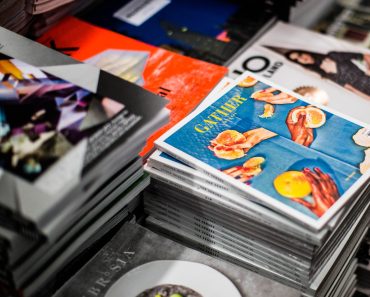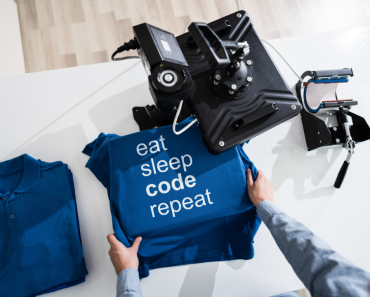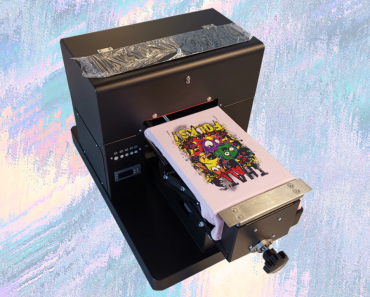Historically we have been limited to 2 dimensions when recording information – text on paper, photos on paper, diagrams and drawings etc.
3D printing technology is becoming more and more ‘common place’ here in Brisbane and is offering some staggering possibilities. Technology and our understanding of the possibilities are growing and changing the way we record and experience information.
For example: Rather than providing a 2-dimensional image or diagram, we can now provide a working 3-dimensional real size or scale model using 3-dimensional printing. This has applications across a range of manufacturing, design, service & retail industries.
3d printers are essentially industrial robots that layer different particles under computer control following a 3-dimensional plan. The most correct industry term is ‘additive manufacturing, as this more accurately describes the range of different methods and processes that are often described as 3D printing.
This process of ‘additive manufacturing’ has a range of different uses and implications- previously all small machinery parts; tools etc with fine details were machined from a larger block of billet material using ‘subtractive manufacturing. Now that process can be completed in the opposite way – by building an object in exactly the shape and size required so that there is no secondary finishing stage to the manufacturing process. In many cases, this allows a much higher level of detail and precision than has been possible at such a low cost.
The increasing popularity of small ‘personal’ 3d printers is also changing the supplier-buyer relationship. Rather than the supplier manufacturing a product and shipping it to the customer or a retail store, in many cases the customer can now download the plans directly from the supplier and manufacture the product themselves at home using a 3d printer. Imagine the ability to download the plan for the spare part required if faced with the breakdown of a tool or household item. There are many free plans available online for a staggering range of items such as prosthetic limbs, horseshoes, acoustic guitars, working guns, coffee cups, shoes and the list goes on..
I certainly like the sounds of that concept from a private consumer perspective, but even more so from a manufacturing or production scenario.
In the printing industry, we sometimes suffer machine breakdowns, which often cannot be fixed without a certain replacement part. Because most, if not all of the printing machinery used by our industry is manufactured overseas by foreign companies, the spare parts are often not available locally and are we wait for an urgent air freight delivery.
If we were able to diagnose a fault, 3d print the new part required and continue production without such a massive interruption, this would be a massive win. Our costs and overheads continue unabated despite a stoppage in production, so the ability to eliminate downtime related to machine breakdown would literally save $1000’s per day.
3D printing has also helped to lower the price of many items that were previously unattainable or prohibitively expensive, due to their uniqueness or ‘one off’ nature.
As reported by the Sunshine Coast Daily on 4th April, a young amputee was able to purchase a prosthetic hand that was 3d printed from plans available online – at a fraction of the cost of purchasing a ‘bought prosthetic’ and with much more flexibility. They can ‘tune’ or modify the product in any way they like at the touch of a button.
A recent article on ABC News by environment and science reporter Jake Sturmer (26 Feb 2015) reported that Australian researchers at Monash University and Amaero Engineering had completed a fully operational jet engine in a world first, which has reportedly captured the attention of Boeing and Airbus.



